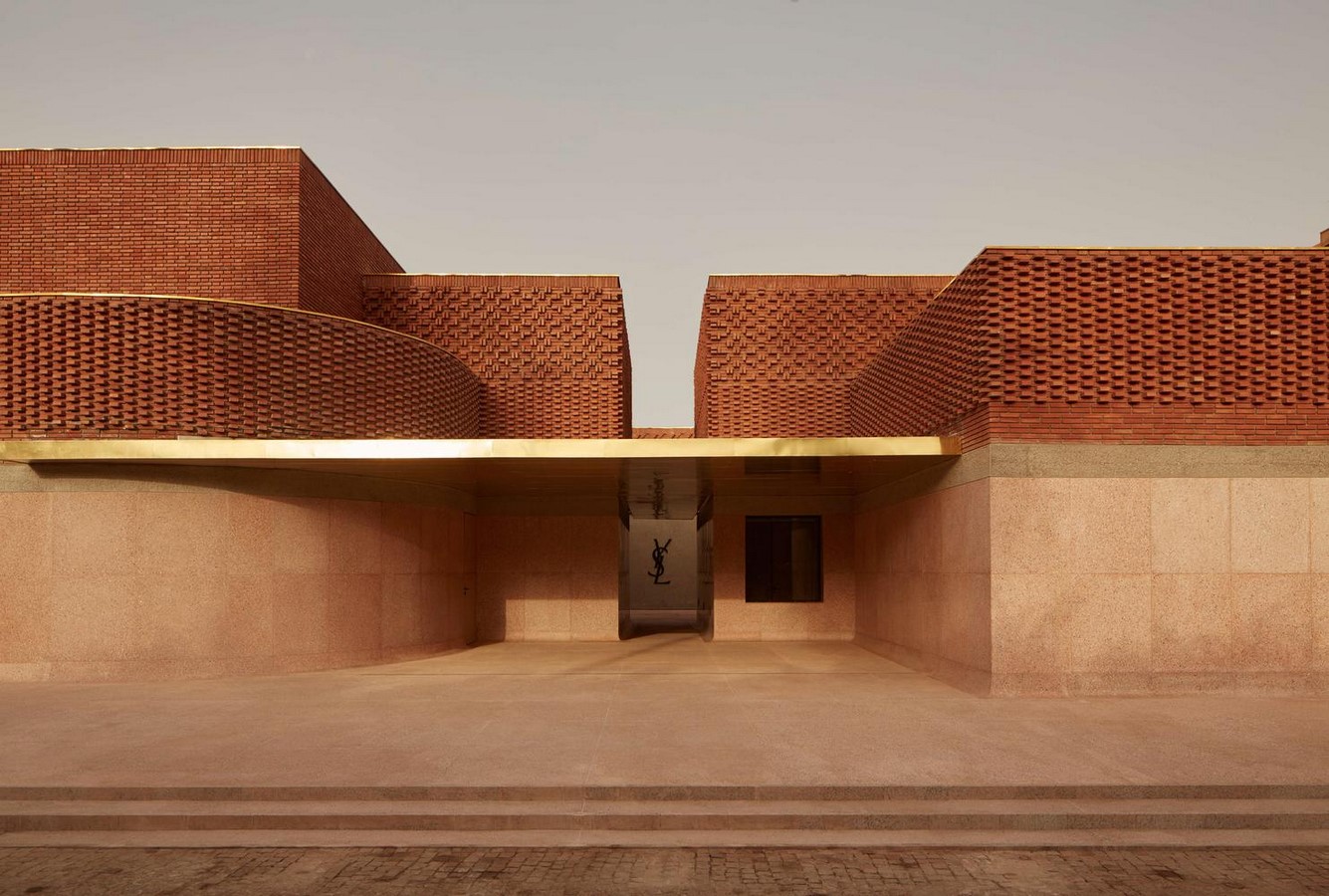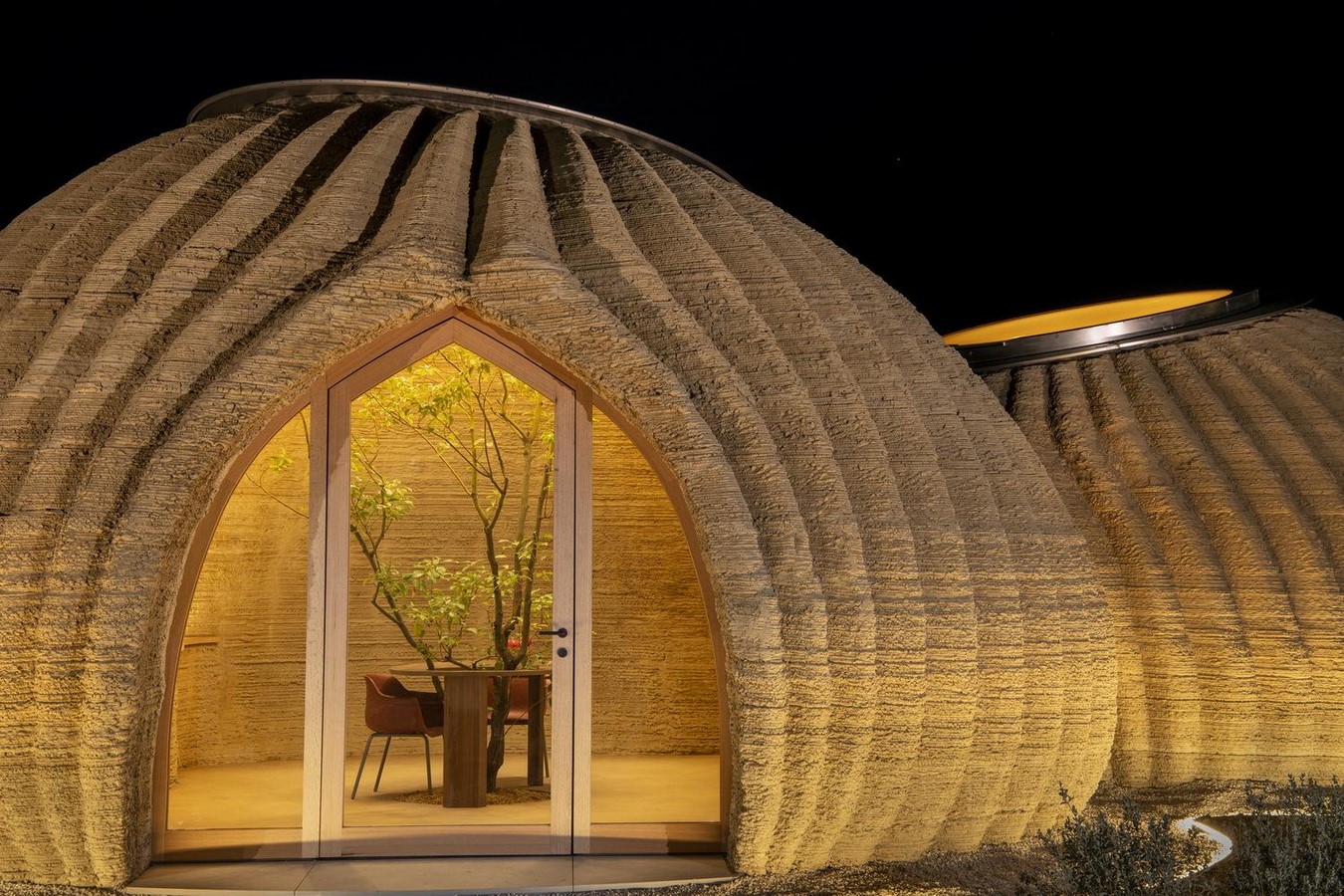The 20th century saw the world move through millennia’s worth of noteworthy events. Man expects nothing different stepping into the much-anticipated 2020s. Dreamers envisioned the decade as the one which would introduce flying cars. Scientists may be able to record dreams. Humanity moves even closer to colonizing another planet, and the list goes on.
All of the above-mentioned has been a product or a by-product of the industrial revolution that commenced 150 years ago. However, the period subsequently led to a 50% rise in global carbon emissions by 2020. While wonders of technology did not cease to surprise us, we started to find it harder to breathe on our planet. Amidst this, the notion of a sustainable lifestyle comes as a saviour.

Why Sustainable Architecture?
According to the latest reports of global energy review, buildings account for an enormous fraction of the carbon emissions worldwide. The number goes as high as up to 80% in some developing nations. By definition, sustainable architecture strives to reverse the negative impact of the building on the environment. It aims at achieving efficiency through different stages; materials, energy, space, and more.
For decades, scientists, architects, and environmentalists studied strategies to increase efficiency for a singular built structure. Buildings started to employ the use of renewable energy sources. Architects translated both active and passive techniques into the building envelope. Using climatically suitable materials, orienting windows to allow in the right amount of daylight, and indigenous landscaping has worked wonders for the efficiently designed building of the 21st century.

In recent years, the approach to sustainability in architecture has evolved. It considers the broader ecosystem, the built environment. It refers to the spatial extension beyond an individual building; to open spaces and support amenities. A good built environment coaxes comprehensive interaction between its users. The multiple dimensions of sustainable architecture help incorporate environmental as well as social sustainability within it.
Hence, it is fundamental to understand the profound impact that sustainable architecture has on the built environment. The collective process of sustainable design conceives an intelligent system. At the same time, it uncovers new ways to incorporate the existing ones.
Bridging the Gap between Built and Unbuilt
The most compelling impact of sustainable architecture has been bridging the gap between the built and the unbuilt. Architects strived to achieve the comfort of the built environment within the minimum ecological strain of the unbuilt. The approach also looks at the vernacular or regional techniques from all over the world. Locally sourced materials bring about homogeneity in the built and the unbuilt environment.
Simultaneously, their thermal, economic, as well as aesthetic characteristics remain unmatched. Moreover, the response to social conditions also results in social sustainability through architecture. Sustainable architecture hence recaptures the indoor-outdoor relationship.

Biodiversity within the Built Environment
Sustainable architecture is responsible for building an efficient environment for prospering human growth. In addition, it creates a haven for biodiversity, the gradual loss of which has been catastrophic for urban cities. Within dense city centres, a remarkable example is the Oasia Hotel in Singapore. The project by WOHA stumbles as a series of different strata, each having its sky garden. Public areas at different levels within a high rise serve as a platform for social interaction. Primarily, the tower reintroduces biodiversity within the city.
The extensive landscaping compensates for the lack of green space within the surrounding buildings. The skyscraper stays alive with a variety of creepers and flowers that invite numerous birds and insects. Therefore, the biodiversity missing from our cities finds home in the new and sustainable definition of the built environment.

Sustainability within the Urban Realm
In addition to the rejuvenation of biodiversity within cities, sustainable architecture plays a grander role in the macro or urban realm. It takes the shape of sustainable urbanism. The concept focuses on providing long-term viability of cities by reducing both consumption and waste. Transitions to sustainable architecture find an easier path at the urban scale. The increased emphasis on walkability and pedestrian-friendly transit add value to a sustainable lifestyle outside the built structures. Besides, comfortable outdoors within a city lowers the demand for a highly energy-dependent indoor space altogether!

Rising Demand for Refurbishment
In recent years, the market for renewable energy has boomed. But, the concept of renewability does not stop there. The 3 R’s of recycling are taking over the construction industry bit by bit. An increasingly conscious approach is putting refurbishment over newer constructions. Recycling of materials turns out as one of the critical factors in lowering the carbon footprint. It cuts the need for transportation, processing, and, most significantly, procuring raw materials. Its unparalleled advantages like aesthetics, cost, and architectural value are coming into the limelight.
Therefore, it crucially impacts the built environment by introducing newer construction systems as well. These systems employ efficient techniques. They reduce consumption and eventually minimize the long-standing negative impact of the industry on the environment.

Impact of Sustainable Architecture at a Global Level
The technology-driven yet resource intrinsic evolution has caused a dramatic change in the built environment. Many in the architecture and construction industry believe that the future lies in sustainability. Terms like green building become a commonality in the architecture vocabulary. The scope of sustainability increases as we analyze the built structures through every stage within their life cycle.
At a time like this, newer buildings strive to adhere to the global standards of sustainability. As the world moves towards nearly zero-energy buildings, one can expect an even more pronounced shift in the built environment.


















